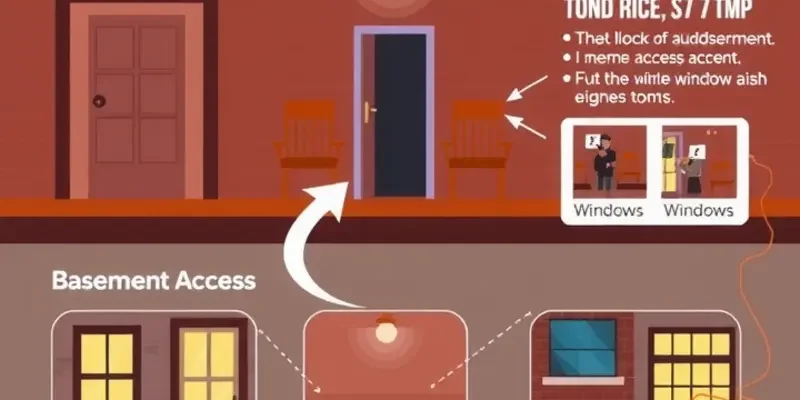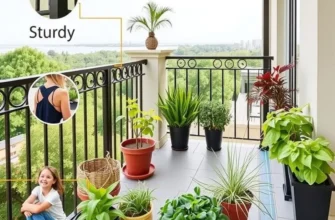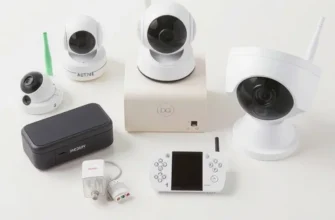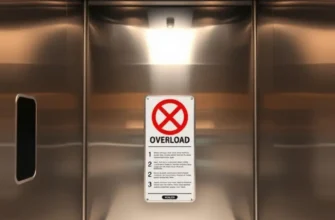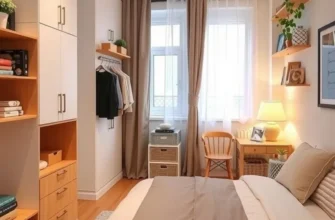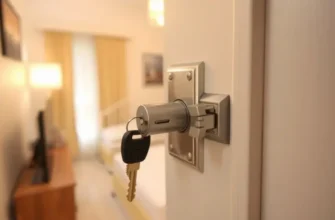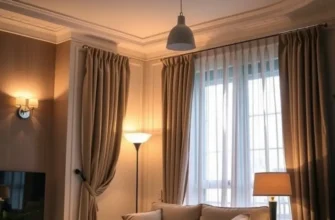Living in an apartment can offer the convenience and affordability many seek, but it also comes with its own set of security challenges. Amid the comfort of communal living and shared amenities, the threat of break-ins is a real concern for renters across the U.S. Knowing how to protect your home is not just about installing locks; it includes understanding the common vulnerabilities of apartments and proactively addressing them. This guide provides practical, easy-to-follow solutions that ensure safety and enhance your sense of security, all while keeping maintenance hassle-free. With a little preparation, you can create a reassuring environment that showcases your home as a welcoming space while safeguarding your peace of mind.
Understanding Common Vulnerabilities
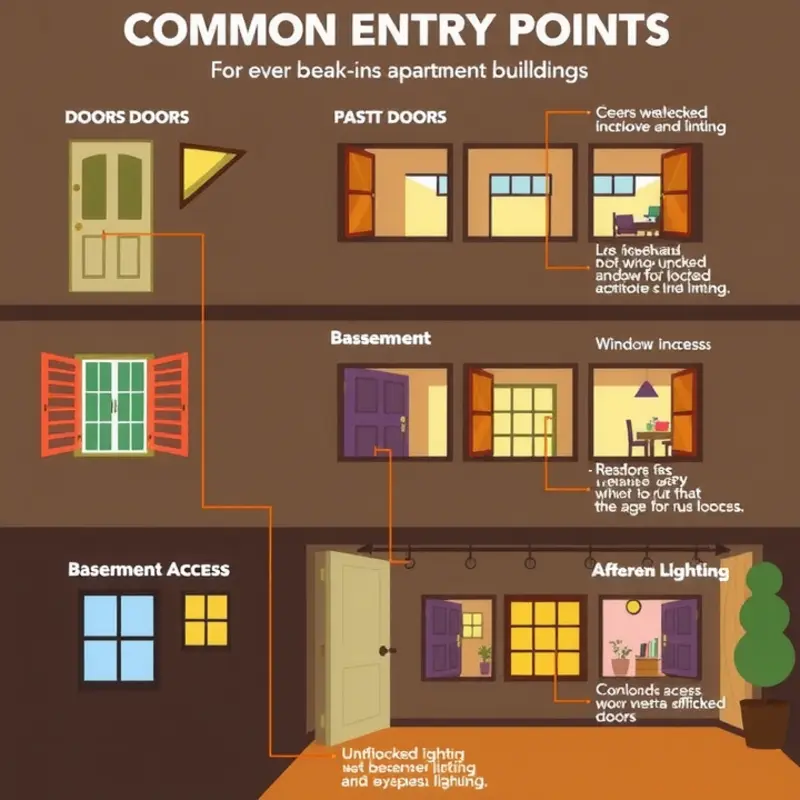
Securing an apartment begins with identifying and understanding the typical weak points that might compromise its safety. Let’s explore some of these vulnerabilities and how to address them effectively.
Entry Points:
The most obvious vulnerabilities are the entry points to your apartment. These include doors, windows, and even shared entrances in multi-story buildings. Doors should always be fitted with deadbolt locks and reinforced strike plates for added security. Peepholes allow you to see who is outside without opening the door, reducing the risk of a surprise encounter.
Windows, particularly those on the ground level or those accessible via fire escapes, present another common weak point. Ensure all windows have proper locks. Inserting a wooden dowel into the window track can prevent sliding windows from being opened. Curtains or blinds can also prevent potential intruders from seeing inside your home and scoping out valuables.
Lack of Surveillance:
Without surveillance, identifying who’s entering and leaving the apartment complex becomes challenging. While not all rental apartments come equipped with security cameras, tenants can install peephole cameras or motion sensor lights near their doorways. These devices can serve as deterrents, as well as provide evidence in the event of an attempted break-in. Additionally, integrating with a neighborhood watch group can enhance surveillance collectively among residents.
Tenant Responsibilities:
It is important for tenants to understand their role in maintaining security. Not all vulnerabilities lie in the physical structure of the apartment. Residents must be vigilant about who they let into their building. Always be cautious about granting access to strangers, and avoid letting others follow you into the building without confirming their identity.
Maintaining regular communication with property management is also crucial. Report any broken locks, malfunctioning lights, or damaged security features immediately. The prompt repair of these issues is often a shared responsibility between tenants and property management. For more tips on apartment safety and maintenance responsibilities, visit our safe apartment laundry habits guide.
Communal Areas:
Shared spaces such as basements, laundry rooms, and parking areas can be potential targets for unlawful entry. These areas should be well-lit and secured with surveillance where possible. Tenants should also be mindful not to leave personal belongings unattended in these spaces.
In conclusion, understanding these common vulnerabilities equips you better to create a secure living environment. By assessing and addressing weak points, employing strategic surveillance, and fulfilling tenant responsibilities, you can significantly reduce the risk of apartment break-ins. Vigilance and proactive measures build the foundations for a safe home.
Smart Strategies for Enhanced Security
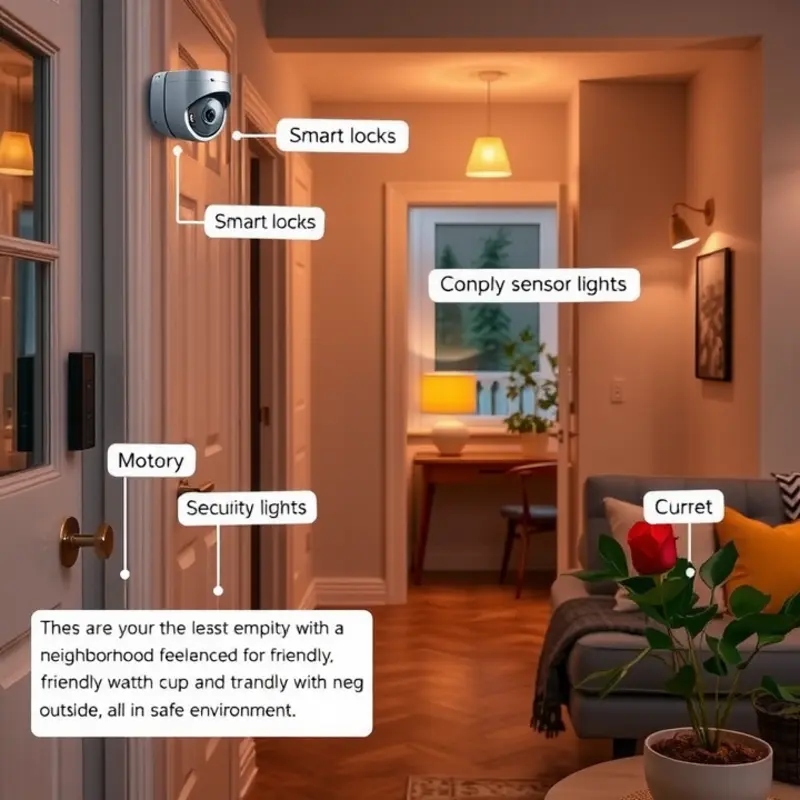
Boosting security in your apartment requires more than just sturdy locks. Upgrading to smart locks offers increased convenience and control. These devices allow you to manage access via your smartphone, adding a layer of monitoring that traditional locks simply cannot provide. Be sure to choose locks that encrypt communications to prevent hacking.
Security cameras are another vital component. Placing cameras at entry points not only records activities but also acts as a deterrent to potential intruders. Consider options with motion detection and night vision to enhance effectiveness. Ensure your devices comply with local privacy laws, and communicate with your landlord about any necessary permissions.
Building community involvement is a powerful strategy for enhancing security. A neighborhood watch group can be an effective way to keep everyone vigilant. Start by getting to know your neighbors—organized community events or meetings can help foster a sense of unity. Share important information openly and regularly to keep everyone informed, such as changes in local safety recommendations or suspect activities.
Additionally, lighting is essential in deterring crime. Install motion sensor lights around entrances. Adequate lighting does not just discourage burglars; it also increases safety for residents entering or leaving their apartment at night.
Collaboration with your landlord is beneficial. If you see potential security advantages, such as better lighting or additional surveillance systems, present a well-reasoned proposal. Landlords are often open to improvements that increase property safety and value.
For renters concerned about financial investments in security, affordable DIY approaches exist. For instance, using adhesive alarms on windows and doors provides an alert system without much expense or permanent alteration.
Lastly, reinforce the overall wellness of your apartment environment. Encourage tenants to regularly check and report safety hazards, enhancing not only physical security but overall peace of mind. Simple habits like these align with broader wellness practices outlined in our apartment wellness checklist.
The combination of smart technology, community efforts, and practical improvements can transform your apartment into a safer haven. Embrace these strategies to empower yourself against potential intrusions.
Final words
Renters are not helpless when it comes to securing their homes. By identifying common vulnerabilities and adopting strategic measures, you can significantly improve your apartment’s safety. Each small step—whether it’s installing smart locks or fostering a community that keeps an eye on each other—can create a more secure living environment. Remember that peace of mind is invaluable, and being proactive about your apartment’s safety is the first step toward a more secure and harmonious living space.

